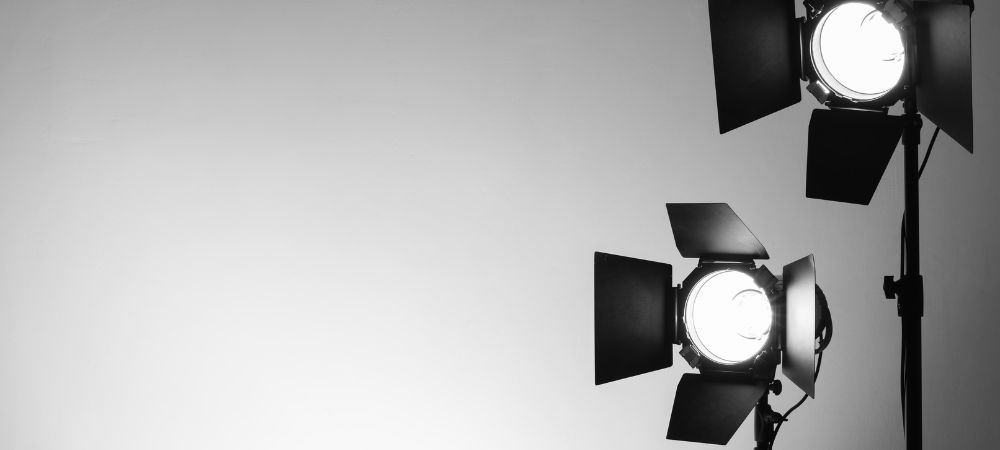

The Importance of Negatives in the Printing Process
For additional details check here. When we delve into the world of printing from negatives, it's not just some technical jargon. There's a whole lot more to it than you might think. Let's face it, without negatives, traditional photographic printing wouldn't even exist. That's right! The very backbone of photography relies on these humble pieces of film.
First off, let's talk about what a negative actually is. It's not just an opposite or something bad-oh no! In the context of photography, a negative is an image where the colors and lights are inverted. Imagine looking at a photo where blacks are whites and whites are blacks; that's your negative. These little strips of film hold all the details that make up your final print.
Now, why are they so important? Well, for starters, negatives allow us to reproduce images accurately and consistently. You can't always rely on digital files-sometimes they're corrupted or lost-but negatives are physical entities that last for decades if stored properly. They serve as our backup and ensure we can keep creating prints as long as we've got them around.
Moreover, working with negatives gives photographers a great deal of control over their prints. By manipulating light exposure during the developing process, one can bring out different elements within the photo that may not be visible in its original form. It's like having a second chance to perfect your shot!
But don't get me wrong; it's not all sunshine and roses. Handling negatives requires skill and precision-you can't just wing it! Any scratch or dust particle can ruin an otherwise perfect shot when printed. And let's remember those chemicals involved in developing photos from negatives aren't exactly friendly; they require careful handling.
In addition to being tricky to handle, there's also the emotional aspect tied to them: holding a negative feels like holding history itself-tangible evidence of moments captured forever on film-not easily erased by time or technology shifts.
So yeah, while modern advancements have given us amazing digital alternatives that make things quicker and easier (thank goodness!), there ain't no denying how significant negatives still are in preserving photographic art's integrity-and maybe adding some nostalgic charm too!
In conclusion (without sounding too formal), never underestimate those tiny films called 'negatives.' They're essential for maintaining quality prints over generations-they're irreplaceable relics reminding us where this incredible journey began… before pixels took over everything else!
Alright, let's dive into the fascinating world of printing from negatives! Printing photos from negatives might seem like a relic from the past in our digital age, but it's still pretty magical for those passionate about photography. So, what equipment do we need to make this magic happen? Well, let me tell ya-it ain't as complicated as you might think.
First off, you can't get anywhere without a good ol' enlarger. This is kinda like the heart of your darkroom setup. It's not just any light source; it projects the image from your negative onto photographic paper. Without an enlarger, you're not gonna have much luck getting that tiny negative blown up into a beautiful print.
Next up are trays and tongs-yeah, they sound simple but they're super important! You'll need at least three trays: one for developer solution, one for stop bath, and another for fixer. Don't even try to skimp on these; each solution needs its own tray to avoid contamination. And trust me, you don't wanna mix 'em up unless you're aiming for some unexpected results!
Oh boy, I almost forgot about the safelight! Since photographic paper is sensitive to regular light but not red or amber light (depending on what kind of paper you're using), a safelight lets you see what you're doing without ruining your prints. Imagine trying to work in total darkness-that'd be impossible!
Let's talk about an easel next - no artist should be without one and neither should you when printing photos! An easel holds your photo paper flat under the enlarger and helps keep everything nice and aligned so that nothing's crooked or outta place.
You're also gonna need a decent timer. This little gadget ensures that every step in developing your print is timed perfectly-too long or too short can mess up all your hard work.
And don't forget about chemicals! Developer brings out the image on your photo paper while stop bath halts development process immediately. Fixer then makes sure your image stays put once exposed to normal light again – no one wants their masterpiece disappearing before their eyes!
Lastly-and maybe most importantly-you'll need patience (and lots of it!). Printing from negatives isn't exactly quick n' easy; it takes practice to perfect timing and technique but oh man is it worth it when that final print emerges looking just right.
So there ya go-a basic rundown on what equipment you'll need if ya wanna dive into printing from negatives yourself! It ain't rocket science but requires some dedication...and hey who said old-school methods weren't fun?
Ah, the age-old debate between film and digital photography.. It's a topic that has stirred up quite a bit of passion among photographers over the years.
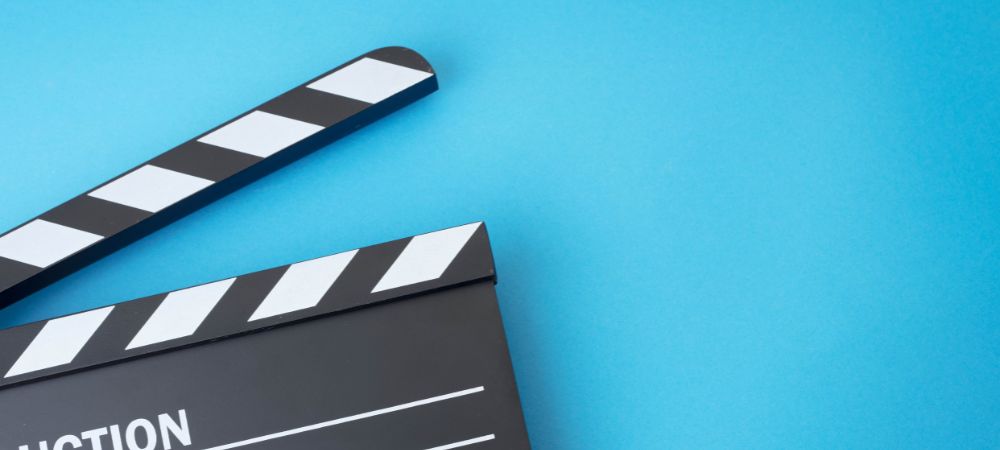
Posted by on 2024-06-28
When you're diving into the world of analog photography, it’s crucial to choose a film stock that will make your learning experience as smooth and enjoyable as possible.. For beginners, this can be quite an overwhelming decision.
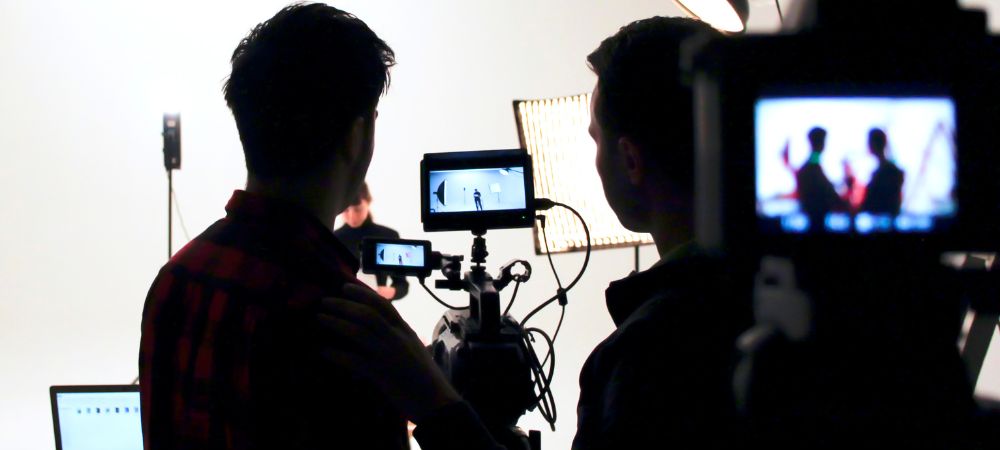
Posted by on 2024-06-28
Developing film at home can be a rewarding yet challenging experience.. It ain't as simple as pressing a button on your phone, that's for sure.
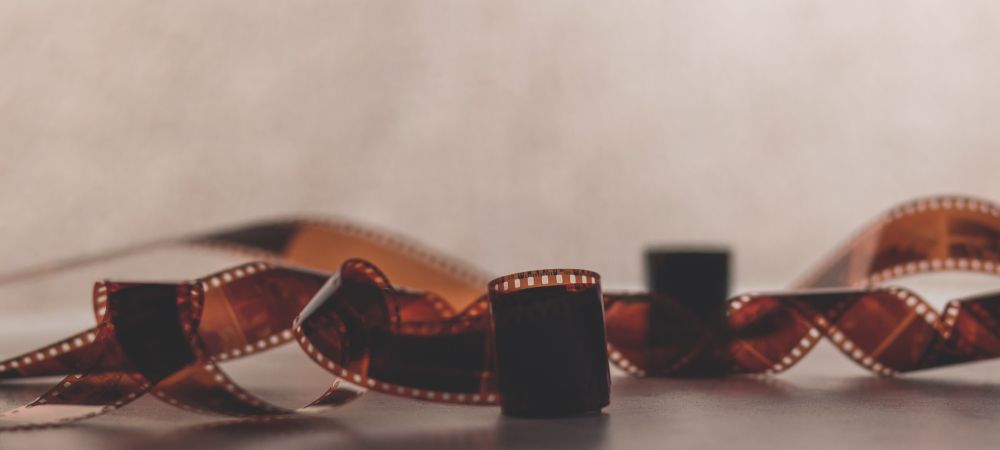
Posted by on 2024-06-28
In a world that's constantly rushing forward, there's something magical about capturing timeless beauty through the lens of film photography.. Finding inspiration in everyday moments isn't always easy, but it's definitely worth it.
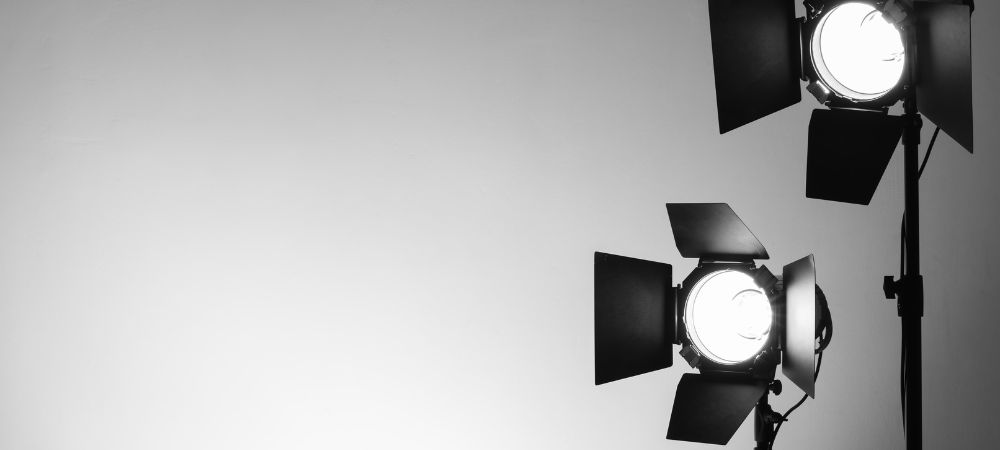
Posted by on 2024-06-28
Preparing the darkroom for printing from negatives is quite an adventure, isn't it? It's not just about flipping a switch and getting on with it. No way! There's a whole process you gotta follow to ensure everything's set up just right. Let's dive into how to get your darkroom ready without making too many mistakes.
First things first, let's talk about lighting. You don't want any regular light bulbs in there – that's a big no-no. What you need are those special red or amber safelights that won't mess up your photosensitive paper. But hey, don't go thinking every red light will do the trick – some can still spoil your prints if you're not careful. Make sure they're specifically designed for darkroom use.
Next up is cleanliness; you can't ignore this one! Dust and dirt are like the villains of the darkroom world. They sneak onto your negatives and ruin your prints with little specks and spots. Ugh, so annoying! So, make sure to wipe down surfaces regularly and keep things tidy. A bit of clutter might be okay in other rooms, but not here!
Then there's the matter of organizing your chemicals and equipment. You shouldn't have stuff scattered all over the place; it's gonna drive you nuts when you're in the middle of developing prints. Have separate trays for developer, stop bath, and fixer – clearly labeled too! Trust me, mixing them up would be disastrous.
Ventilation is another thing you can't forget about. Those chemicals aren't exactly good for your lungs or eyes if they start building up fumes in a confined space. So, having a decent ventilation system isn't optional; it's necessary.
Oh, don't overlook testing everything before diving into actual printing either! Run some test strips through each step of the process to see if anything's off before committing to full-sized prints. It saves time (and frustration) later on.
Lastly – though this might seem obvious – but never underestimate comfort level while working in there for hours on end.. Standing mats or stools can make such a difference when you're spending lotsa time focusing on tiny details.
So yeah, preparing a darkroom ain't rocket science but does require attention to detail and proper setup.. Get these basics right though? And you'll be well on your way to creating beautiful prints from those precious negatives...
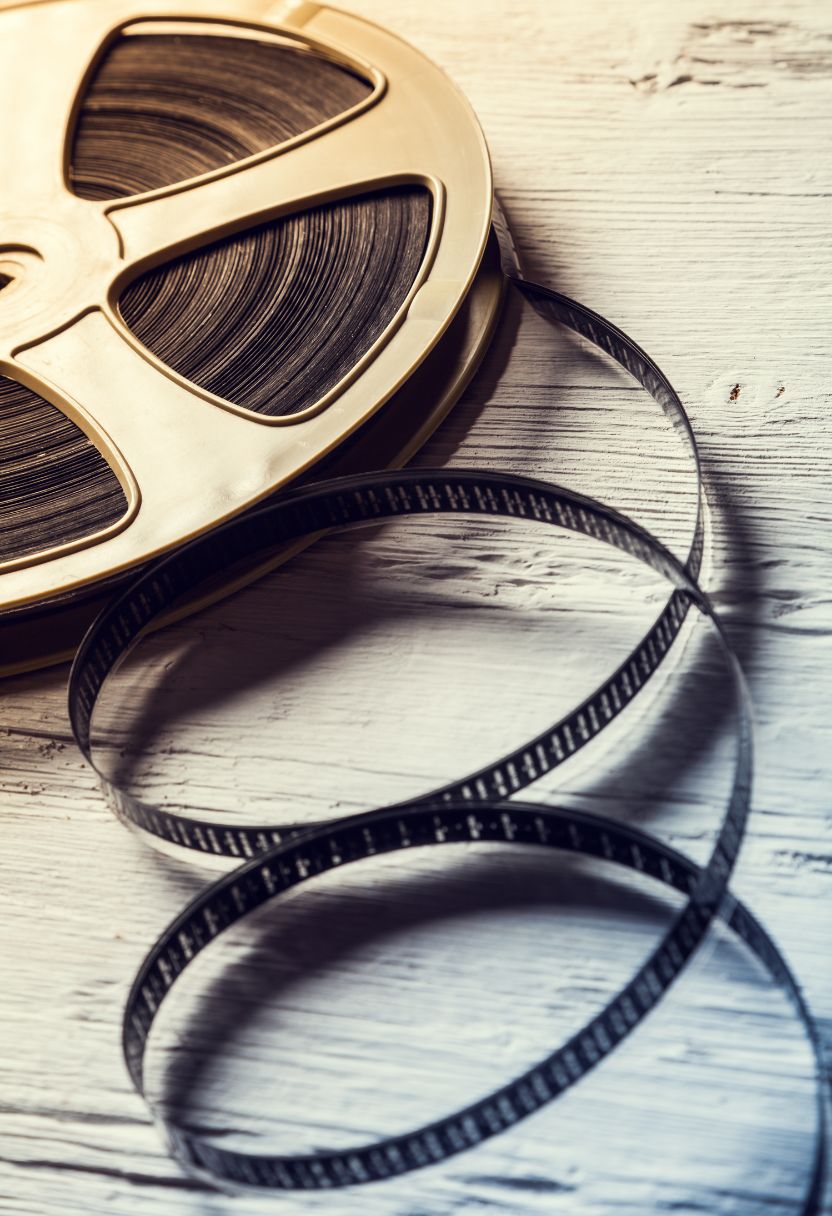
Developing a print from a negative might seem like an archaic art in today's digital age, but it's still a fascinating process that combines chemistry, precision, and a touch of magic. You'd think it's rocket science, but no, it ain't that complicated once you get the hang of it. Let's dive into the steps to developing a print from a negative.
First off, you can't just take your negatives and slap them onto some paper. Oh no! There's more to it than meets the eye. You start by preparing your darkroom because let's face it – nothing's worse than light leaks ruining your precious photos. Make sure everything is pitch black except for your safe light; otherwise, you'll end up with blank prints.
Next up is choosing your enlarger and setting up your equipment properly. The enlarger is like this magical device that projects the image from your negative onto photographic paper. Adjusting the focus and size of the image can be tricky at first – don't rush this part! It's crucial to get everything aligned just right or you'll have blurry prints which nobody wants.
Once you've set up your enlarger, place the negative into its carrier and slip it under the lens. Now comes one of my favorite parts: creating test strips! A test strip helps determine the correct exposure time for your final print by exposing different sections of photographic paper for varying lengths of time under controlled conditions. It's not as tedious as it sounds-promise!
After developing these test strips in a series of chemical baths (developer, stop bath, fixer), inspect them under normal light to find out which exposure time gives you the best contrast and detail. You'll probably mess up a few times if you're new to this - that's totally okay! Practice makes perfect.
With optimal exposure time determined from your test strips, expose an entire sheet of photographic paper using that exact timing. Develop this full-sized print through the same sequence of chemical baths mentioned earlier: developer first (which reveals your hidden image), then stop bath (to halt development), followed by fixer (to make sure the image stays put). Finally, rinse thoroughly to remove any residual chemicals; otherwise they'll degrade your masterpiece over time.
Drying is another step where patience pays off big-time! Don't hastily throw wet prints around-they're fragile when wet-and use blotting paper or dedicated drying racks instead.
The last step? Evaluate and refine! Take a good look at what you've produced under bright lighting conditions-any areas too dark or too light? Maybe there's something off with contrast? Don't fret if it's not perfect on first try; even seasoned pros tweak multiple times before getting their ideal print!
In summary: prepare darkroom meticulously so no stray lights creep in; set enlarger correctly for sharp projection; use test strips wisely; develop exposed sheets carefully through chemical baths ensuring thorough rinses afterward-and finally evaluate results critically making necessary adjustments till satisfaction achieved!
So there ya go-a whirlwind tour through traditional photo printing world via negatives laid bare without sugarcoating difficulties involved yet emphasizing worthiness endeavor offers upon mastering craft gradually over repeated trials/errors alike inherent learning curve every artistic pursuit entails ultimately rewarding journey unfolding unique tangible visual memories crafted own hands unlike fleeting pixels populating screens nowadays predominantly dominating contemporary visual culture landscape undeniably nevertheless preserving medium historical significance timeless appeal simultaneously embraced wholeheartedly enthusiasts passionate about analog photography perseveringly keeping alive traditions past bridging gap future innovations seamlessly integrating both realms harmoniously overall creative continuum evolving everlastingly enriching life experiences manifold ways imaginable indeed truly remarkable achievement deserving recognition admiration widely
Achieving high-quality prints from negatives is quite the art, and it ain't as easy as some might think. There's a whole bunch of techniques and tricks that can make or break your final print, so let's dive into a few key methods that photographers swear by.
First off, you can't ignore the importance of having a clean negative. Dust and scratches are your worst enemies here! It's not just about wiping it down with any old cloth; use a proper anti-static brush or compressed air to clear away those pesky particles. And hey, don't forget to handle your negatives carefully – fingerprints are definitely not part of the artistic effect you're going for.
Next up is choosing the right type of paper. This isn't something to skimp on; high-quality photographic paper makes a world of difference. You'd want to pick one that's compatible with your type of enlarger and developer chemicals. Glossy paper gives you sharp contrasts, while matte finishes offer softer tones but less glare – it's all about what suits your artistic vision.
Speaking of enlargers, let's talk about setting them up correctly. The alignment needs to be spot-on because even minor misalignments can cause distortion in your prints. Make sure the negative carrier is clean and properly positioned. Oh! And don't forget about focusing – an out-of-focus print isn't gonna win any awards.
Exposure time is another crucial element. It's kind of like cooking; too little exposure leaves your print undercooked (or rather underdeveloped), while too much makes it overdone. Test strips are super useful here – they help you determine the perfect exposure time without wasting entire sheets of paper.
Now, onto developing chemicals! Freshness matters more than you'd think. Old or contaminated chemicals won't give you consistent results - no way around that one! Follow the manufacturer's instructions for mixing ratios and development times closely; these guidelines exist for a reason.
Let's not leave out dodging and burning either – these techniques allow you to manipulate light areas (dodging) and dark areas (burning) selectively during printing process. It sounds complicated but trust me, once you've got the hang of it, it'll become second nature!
Finally, patience is really key in this whole endeavor. Rushing through any part of the process usually ends up costing more time in corrections later on - if not outright ruining potential masterpieces!
So there you have it: some tried-and-true techniques for achieving high-quality prints from negatives! It's never just one thing that makes or breaks an image; it's always a combination of careful attention at every step along way that'll get you those stunning results you're after.
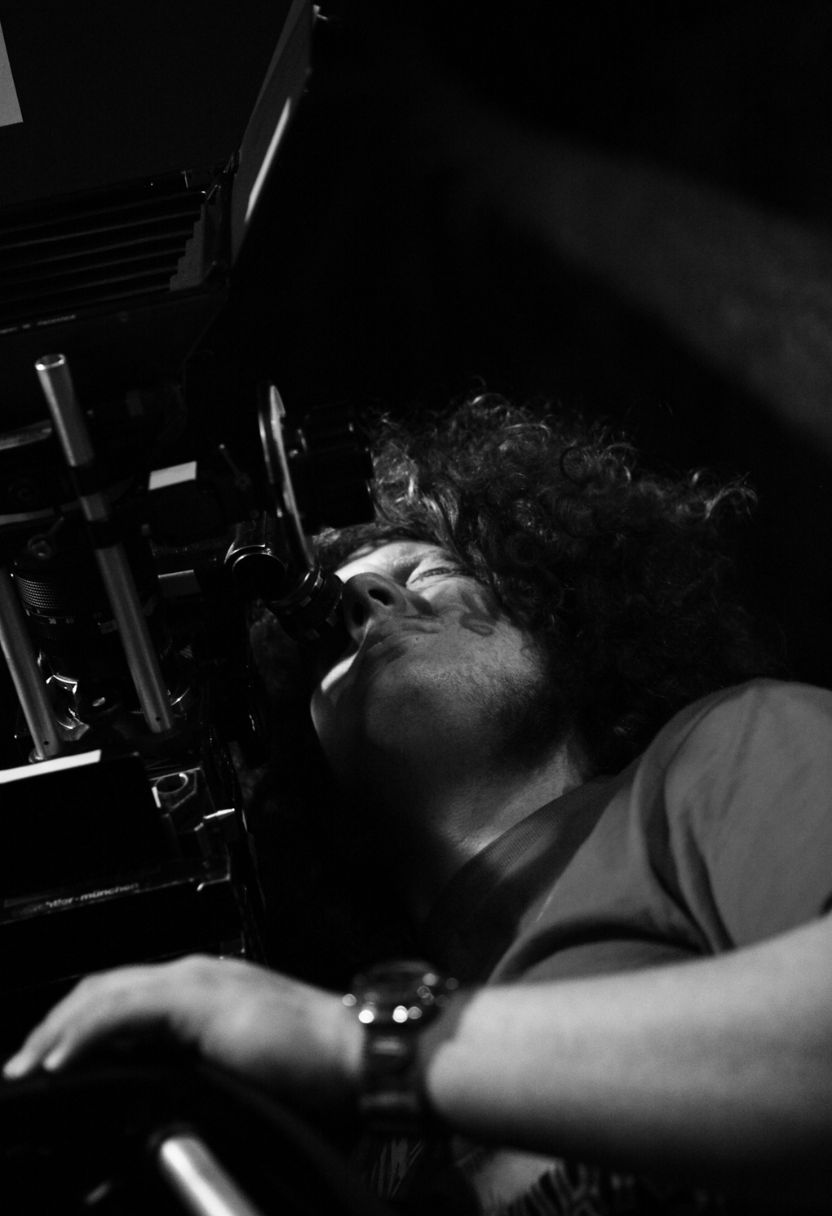
When it comes to printing from negatives, there are definitely a handful of common challenges and troubleshooting steps that every photographer faces. Let's admit it, negative printing ain't always straightforward. It's not just about pressing a button and getting the perfect image.
First off, one issue that often crops up is dust and scratches on the negatives themselves. It's such a pain! You wouldn't want those little imperfections ruining your print, right? So, you've got to be meticulous in handling and cleaning your negatives. Even the tiniest speck of dust can show up like a glaring spot on your final print.
Another headache is color correction. Negatives don't exactly hand you accurate colors on a silver platter. If you're dealing with old or poorly stored negatives, color shifts can be all over the place. Sometimes they turn out too green or maybe too magenta – it's maddening! And let's not forget about contrast issues; some prints come out too flat while others are overly harsh.
Then there's exposure problems during the actual printing process itself. If you're not careful, you could end up with prints that are either way too dark or blindingly bright. It takes practice and sometimes a bit of guesswork to get it just right.
Oh boy, let's talk about chemical imbalances if you're using traditional darkroom techniques. The developing chemicals need to be at their optimal strength and temperature; otherwise, you'll get inconsistent results which nobody wants! Maintaining those conditions can feel like trying to balance on a tightrope sometimes.
And hey, don't even get me started on alignment issues! Making sure the negative is properly aligned in the enlarger so that your print isn't crooked sounds simple but believe me, it's an art form in itself.
Lastly but certainly not leastly (yes that's totally a word), patience plays such an important role here. Negative printing requires time – lots of it – for trial and error until everything clicks perfectly into place.
So there ya have it! Printing from negatives isn't without its fair share of challenges but overcoming them really makes all the effort worthwhile when you see that beautiful final print materialize before your eyes.